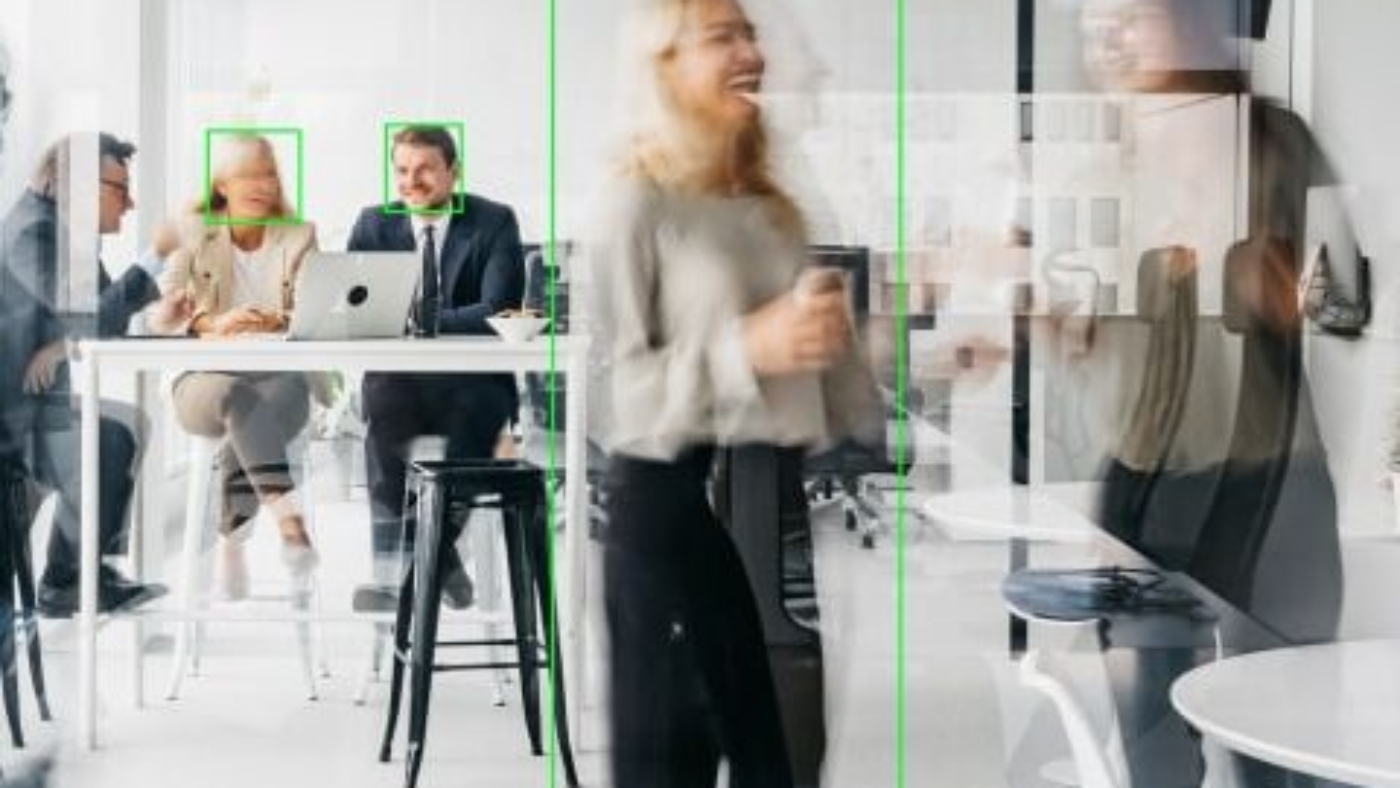High performance biometric data provides the knowledge required to manage and control the movement of individuals and people in medical and environmental crises.
The COVID-19 pandemic has demonstrated that face recognition can play a key role in stopping the spread of epidemics in cities and large enterprises, such as commercial areas and industrial facilities. The technology has shown a great deal of effectiveness in identifying those who violate quarantines, essential to preventing the spread of the virus, while tracking their social interactions and providing notifications to respective authorities. This identifying and flagging has undoubtedly prevented infections and saved lives.
The main challenge faced by every country exposed to medical crises is the sudden surge of infected people placing immense pressure on the healthcare system and risking total shutdowns of over-burdened infrastructure. Being able to set up an intelligent surveillance system that decreases manpower and person-to-person contact requirements is crucial in fighting infection rates.
Face recognition technology offers an unprecedented capability to cities, and local authorities to ensure quarantine is maintained, and infection spread curtailed, by employing face recognition along with a number of associated technologies. CCTV cameras detect and identify people in the streets in real time allowing their identification for an immediate relevant response, while AI analyses social connections.
Face recognition software is the only system in the world that can reliably track and trace contact’s made by infected persons. Apps that use the geolocation and Bluetooth functions have many flaws, as the geolocation function can be extremely inaccurate, Bluetooth function can be turned off, and in many cases mobile phones are shared by multiple users or simply left at home. Our system has a social connections analysis feature that can precisely detect contacts between individuals of less than two metres. This function alone can sufficiently reduce the number of people put under the stresses of quarantine and medical examination, as it can effectively illuminate their chances of being contaminated when proximate to someone who is known to have it.
The convergence of massive volumes and variety of images with advances in computer vision software made affordable for cities to deploy video intelligence capabilities on a variety of architectures, from core datacenters, to cloud to embedding computer vision in edge computing. As a result, cities have been able to expand the public safety use cases, in which they can surveil, detect, recognize people, objects and events, interpret patterns, and empower better decisions with high accuracy and speed. These use cases include crowd monitoring, searching for criminals, identifying missing people in case of emergencies, improving access control, enhancing physical security in schools, hospitals, airports, and sport arenas, and, of course in the COVID-19 aftermath, monitoring behavior that could increase the risk of spreading of viruses.

Add a Comment